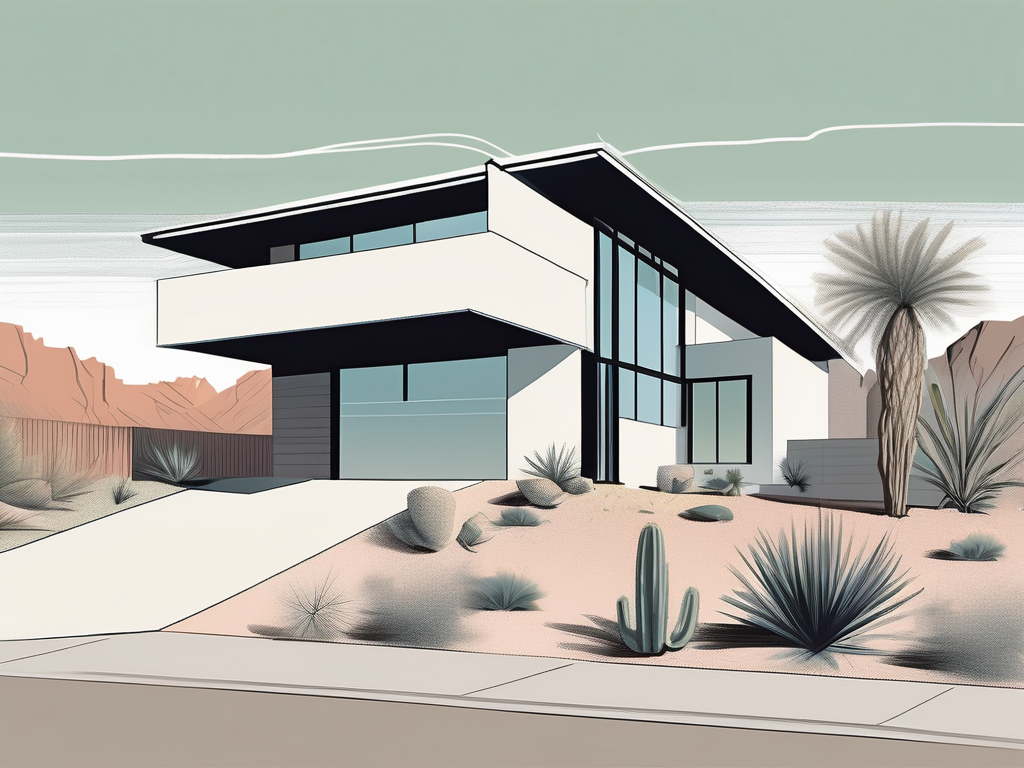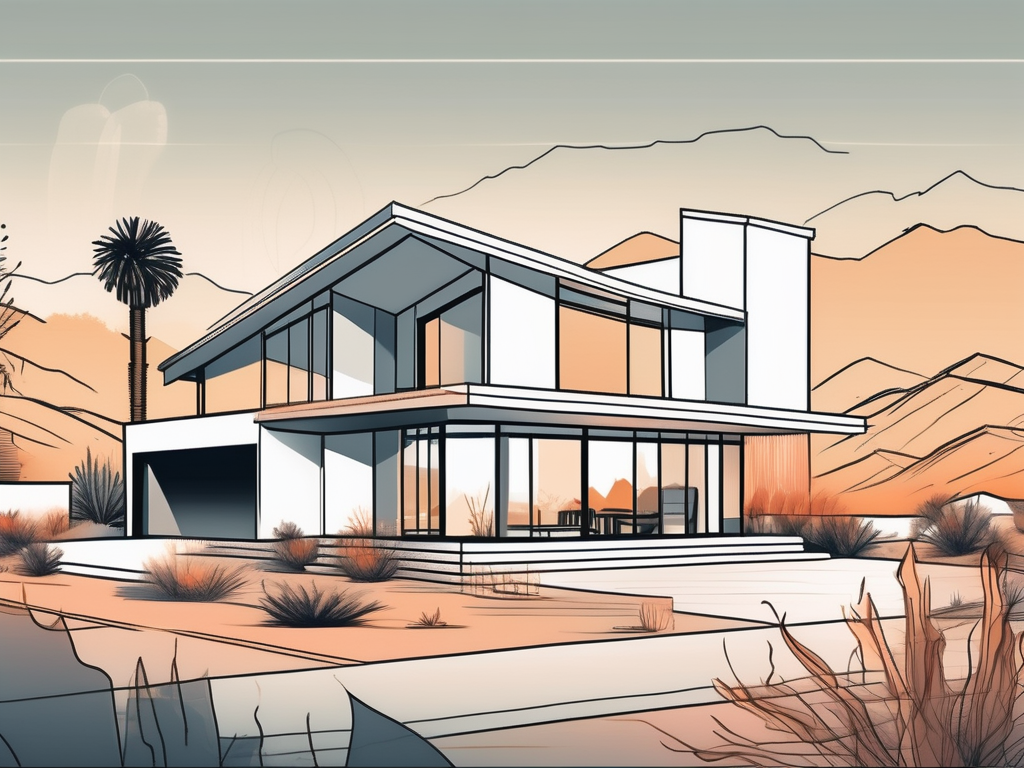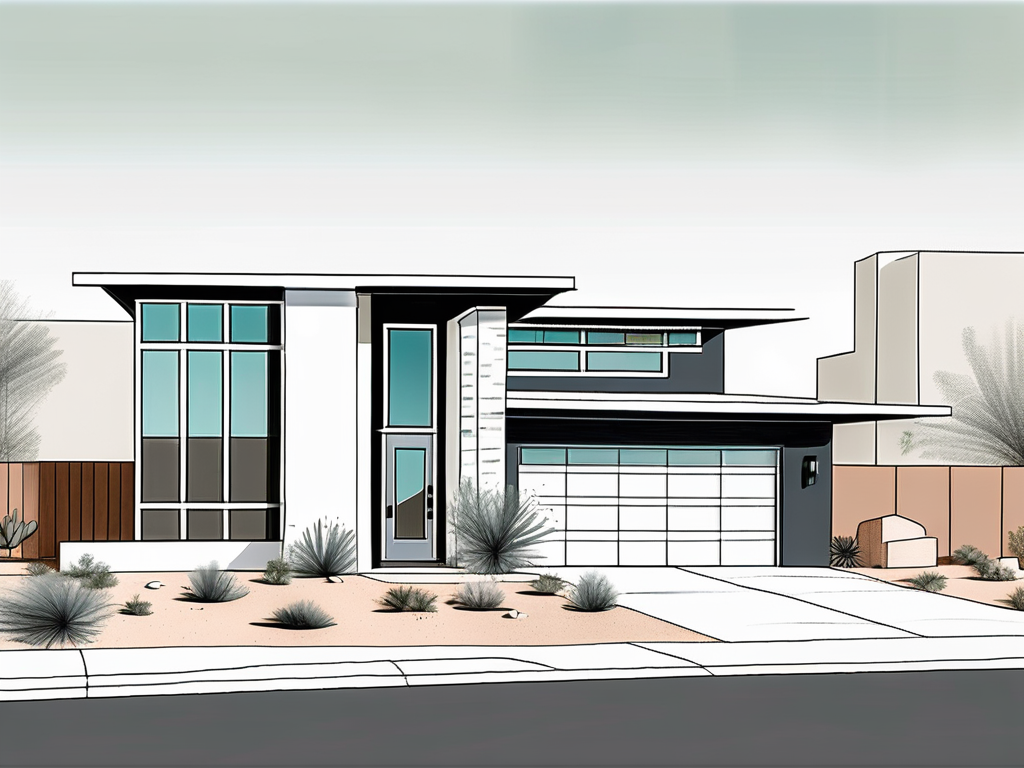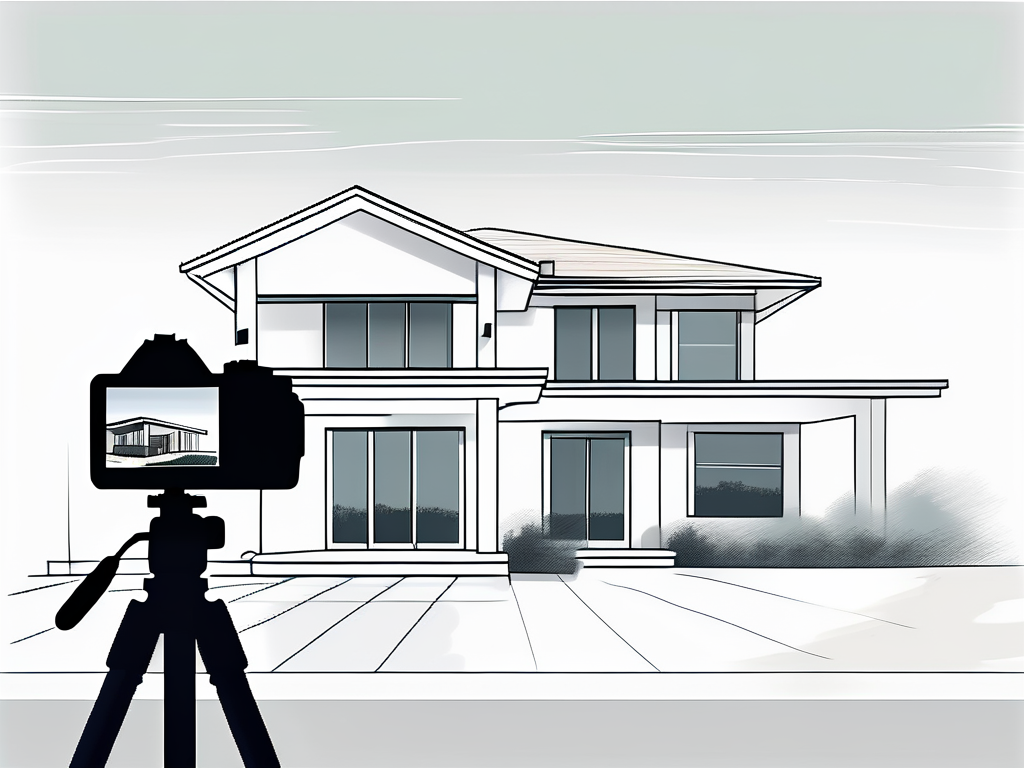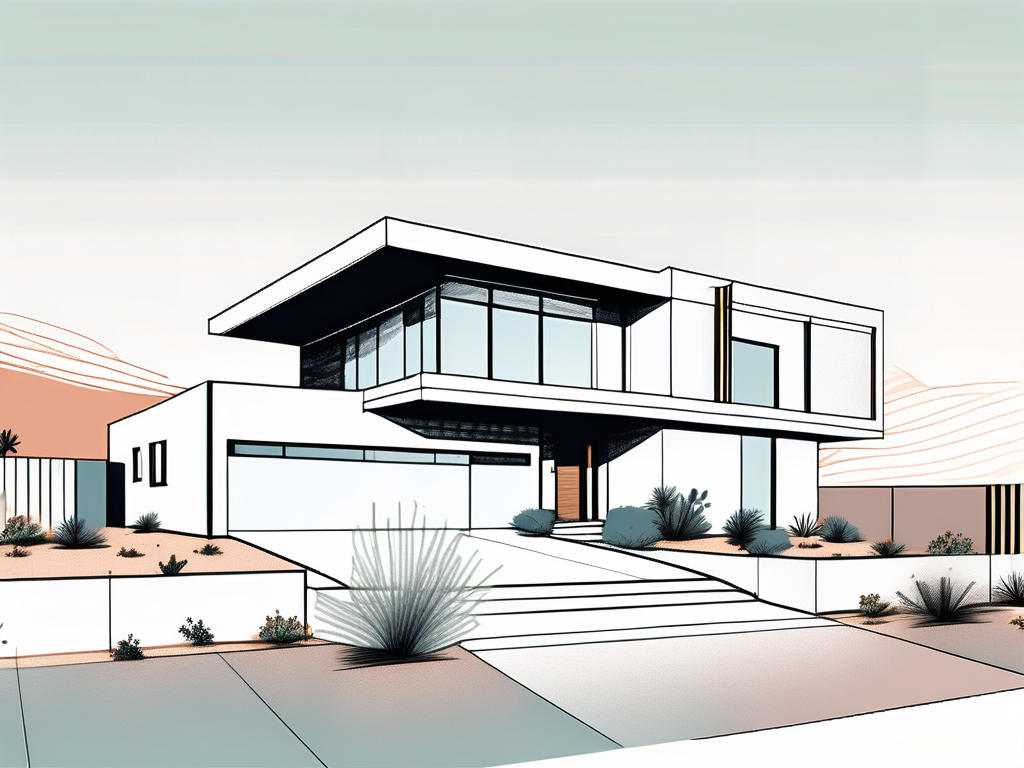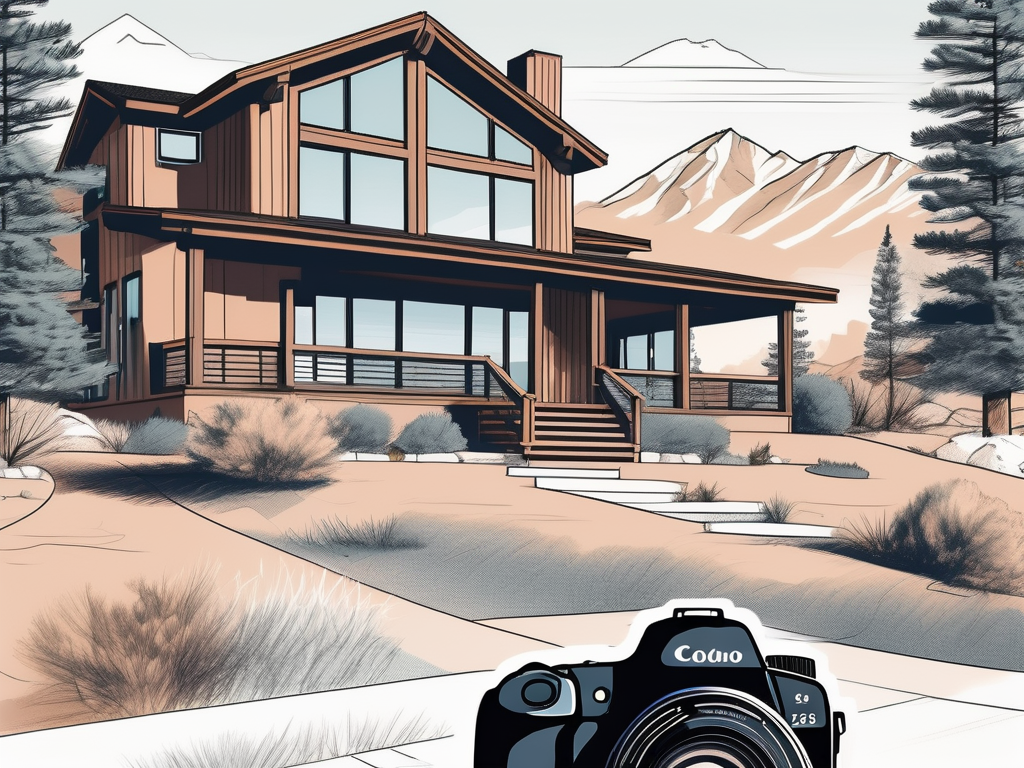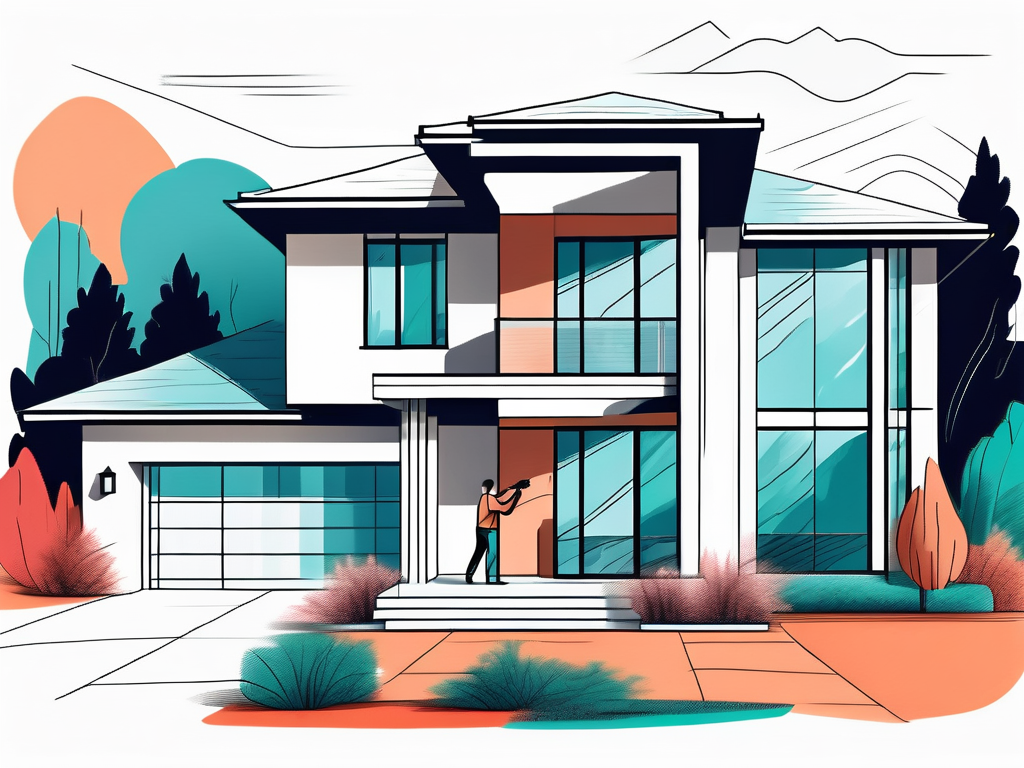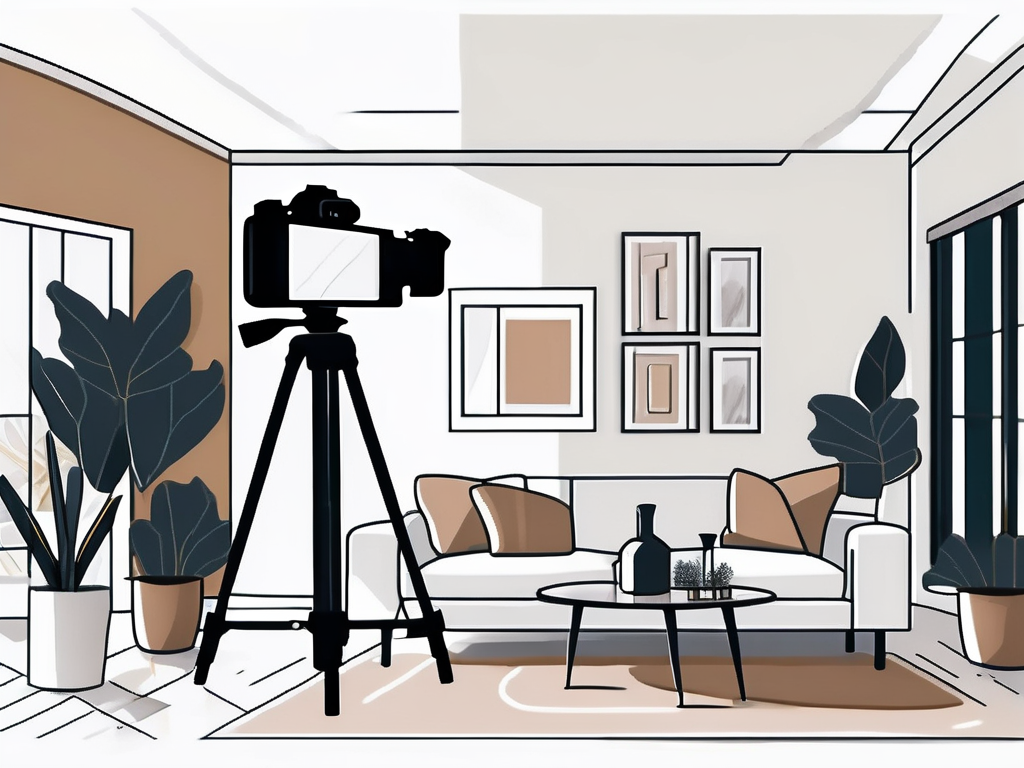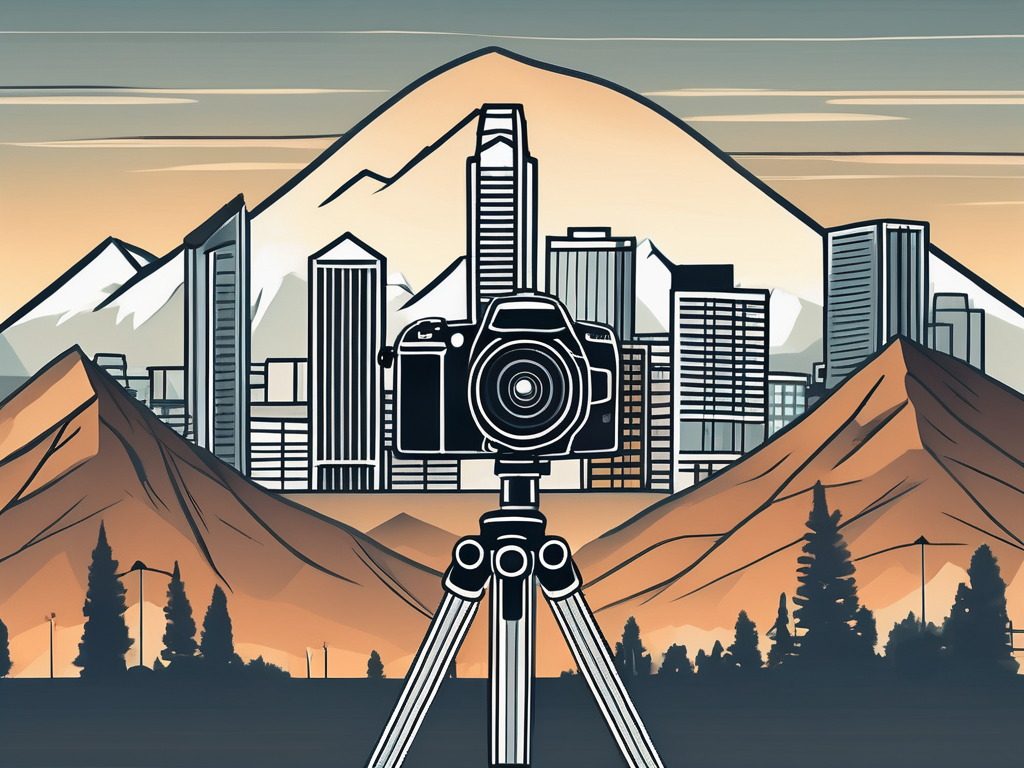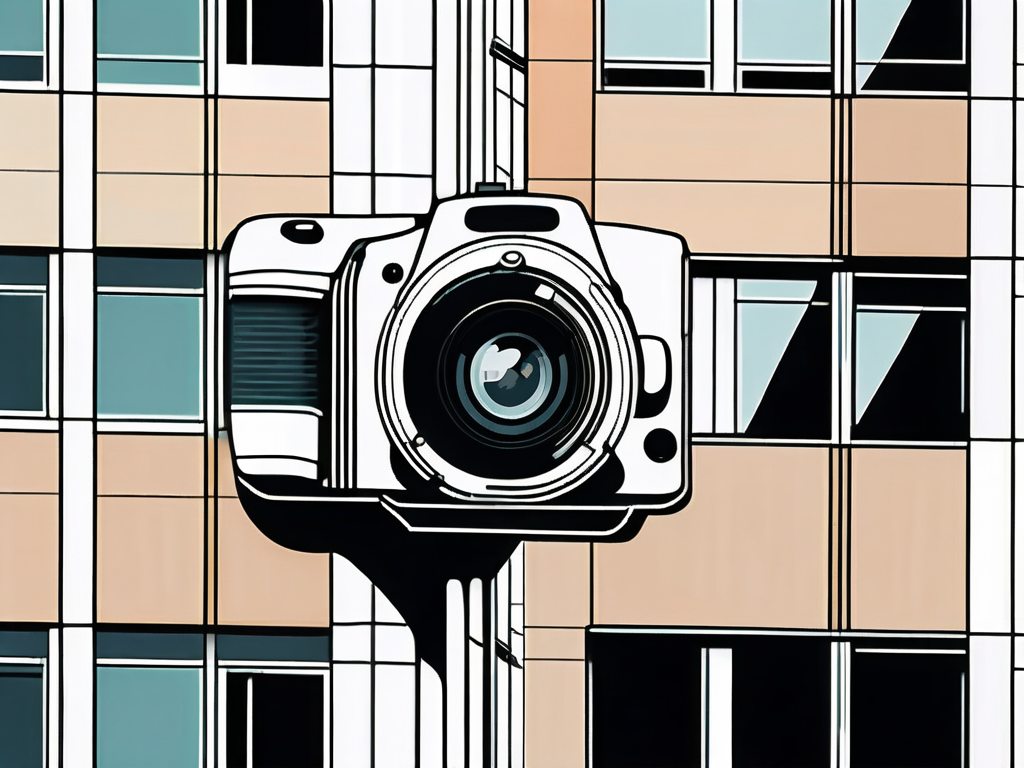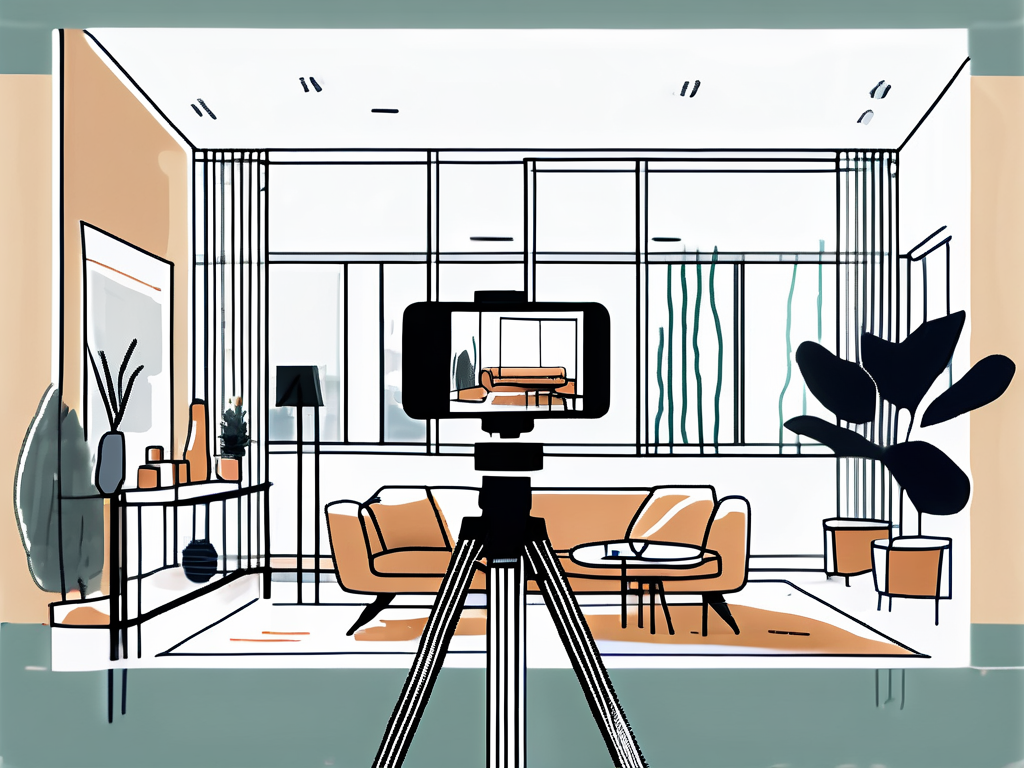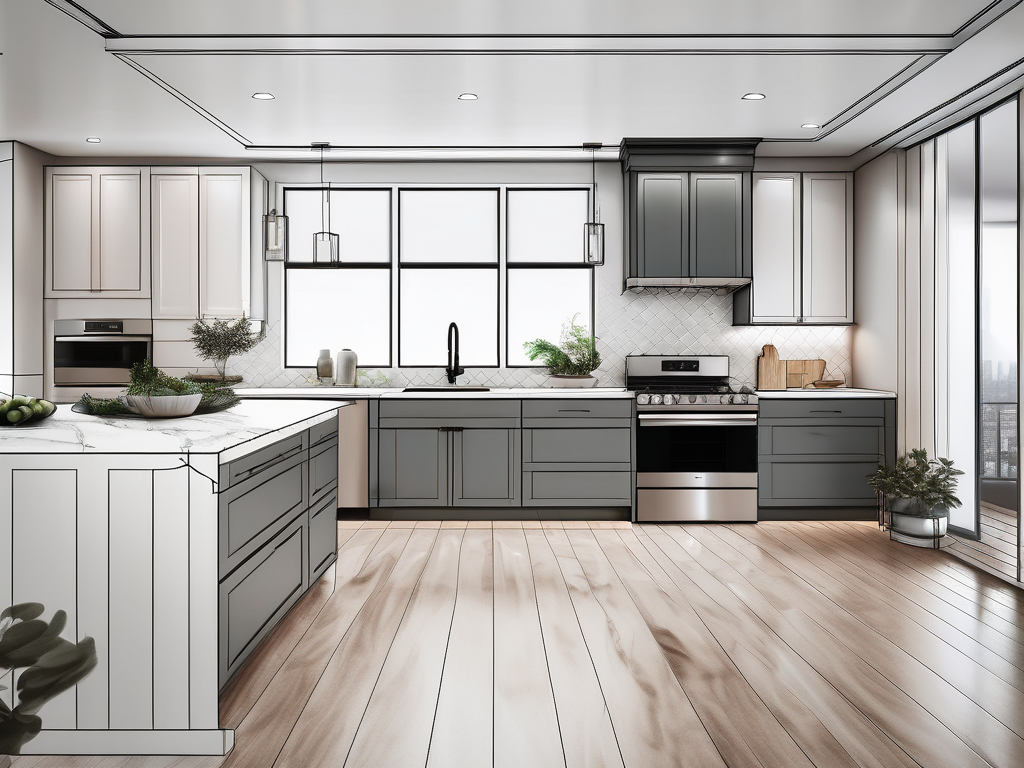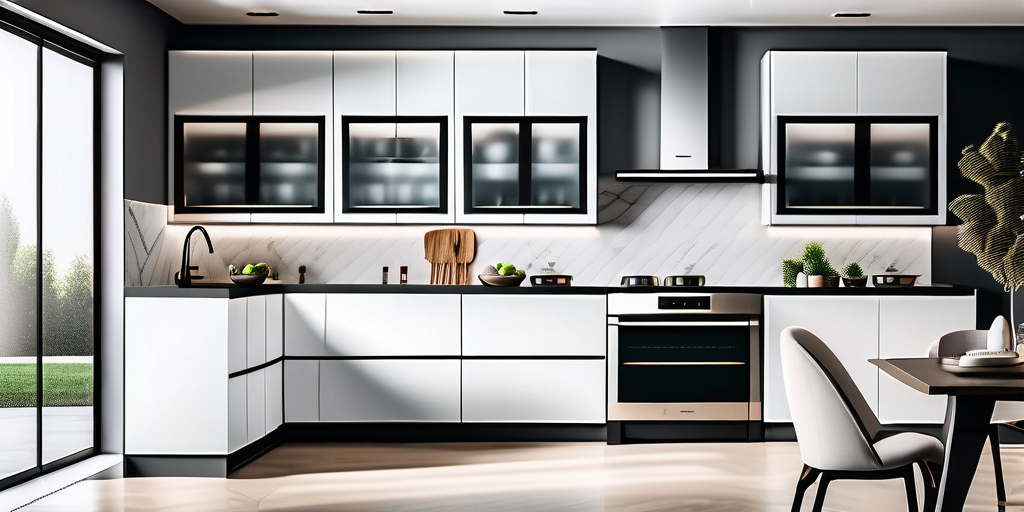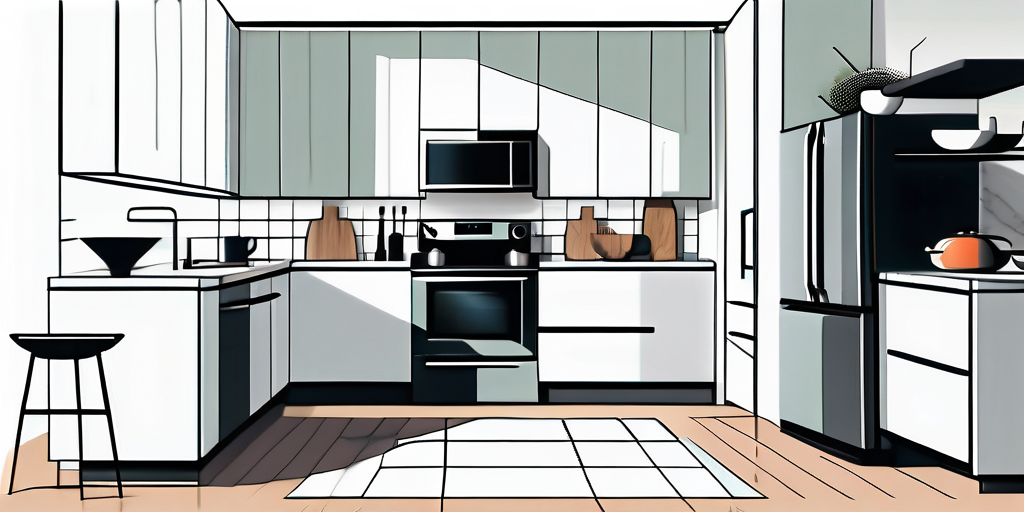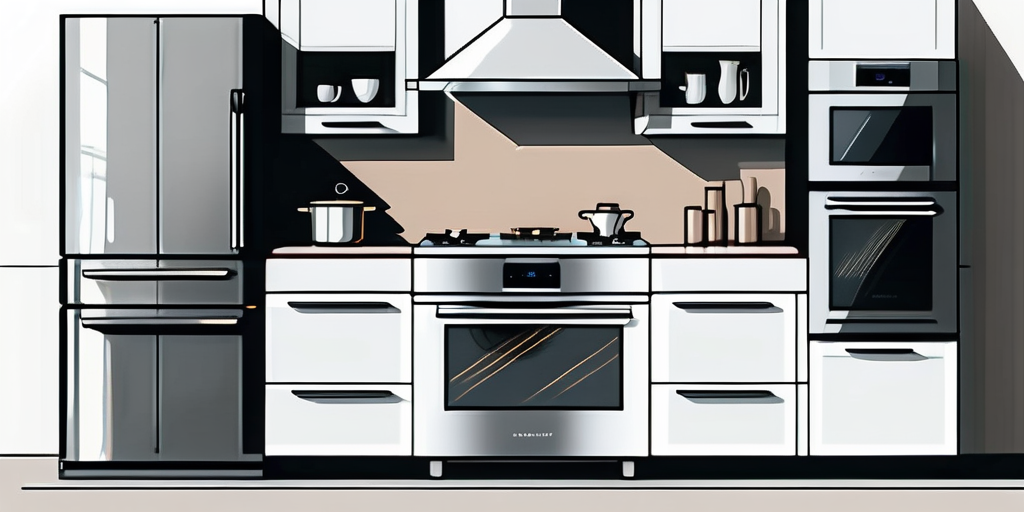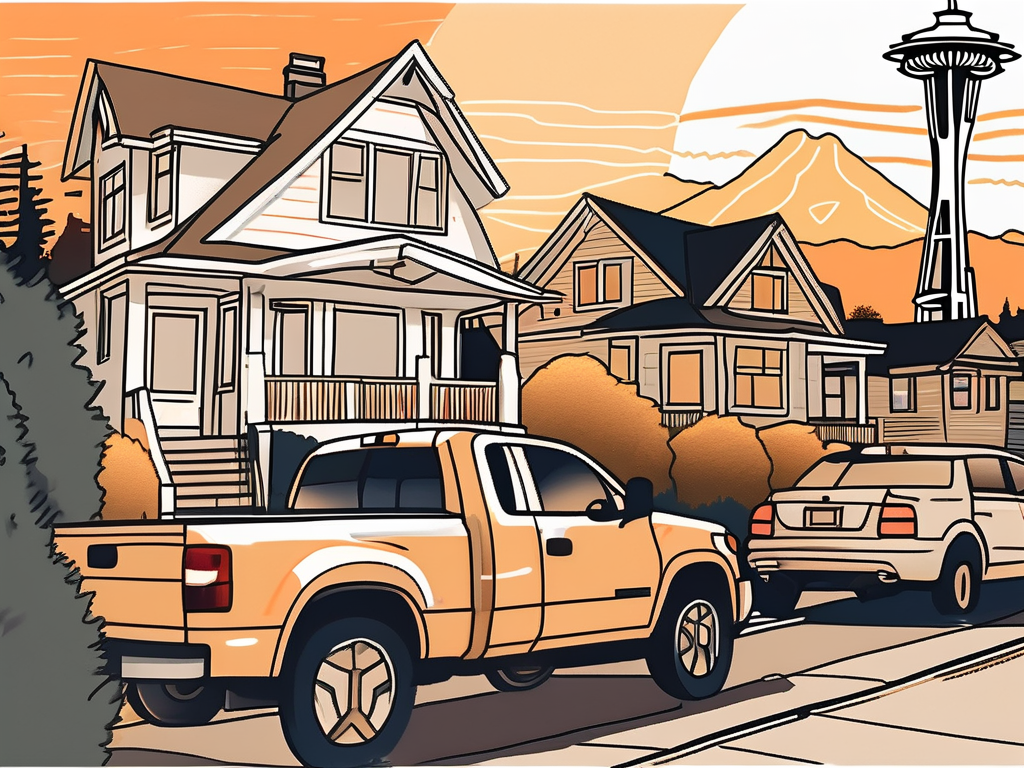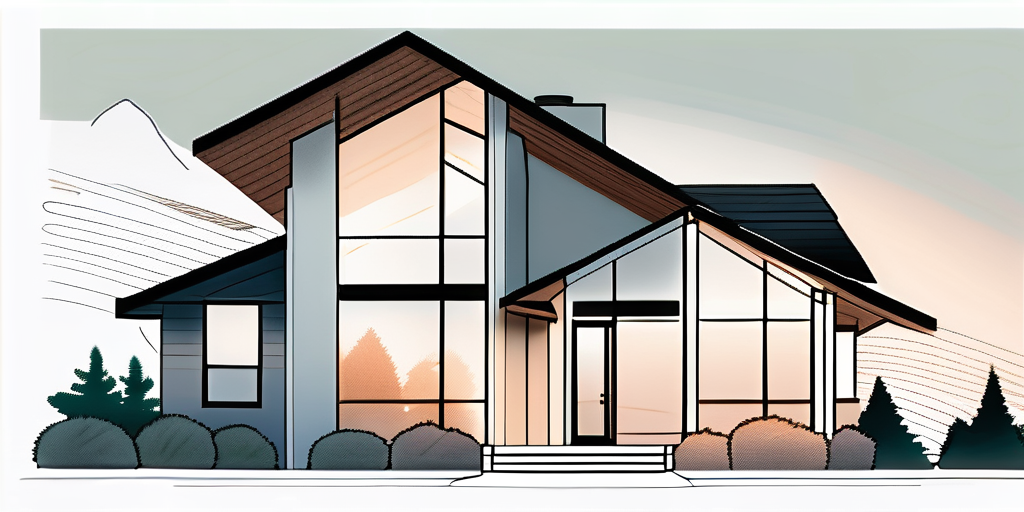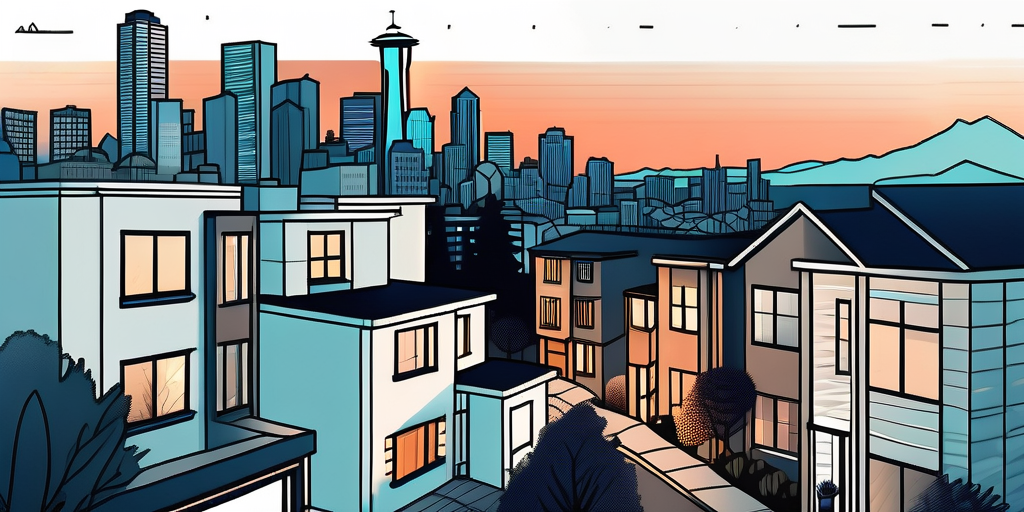Real estate photography plays a crucial role in the Tucson real estate market. In today’s digital age, potential buyers often begin their property search online. As a result, high-quality photography has become a powerful tool for attracting buyers and making a lasting impression. Understanding the importance of real estate photography is essential for both sellers and real estate agents in Tucson.
Understanding the Importance of Real Estate Photography
When it comes to marketing properties, visuals are everything. Buyers rely heavily on images to assess the appeal and potential of a property. Stunning visuals can instantly capture a buyer’s attention and create an emotional connection. Professional real estate photography elevates property listings from ordinary to extraordinary, sparking interest and generating leads.
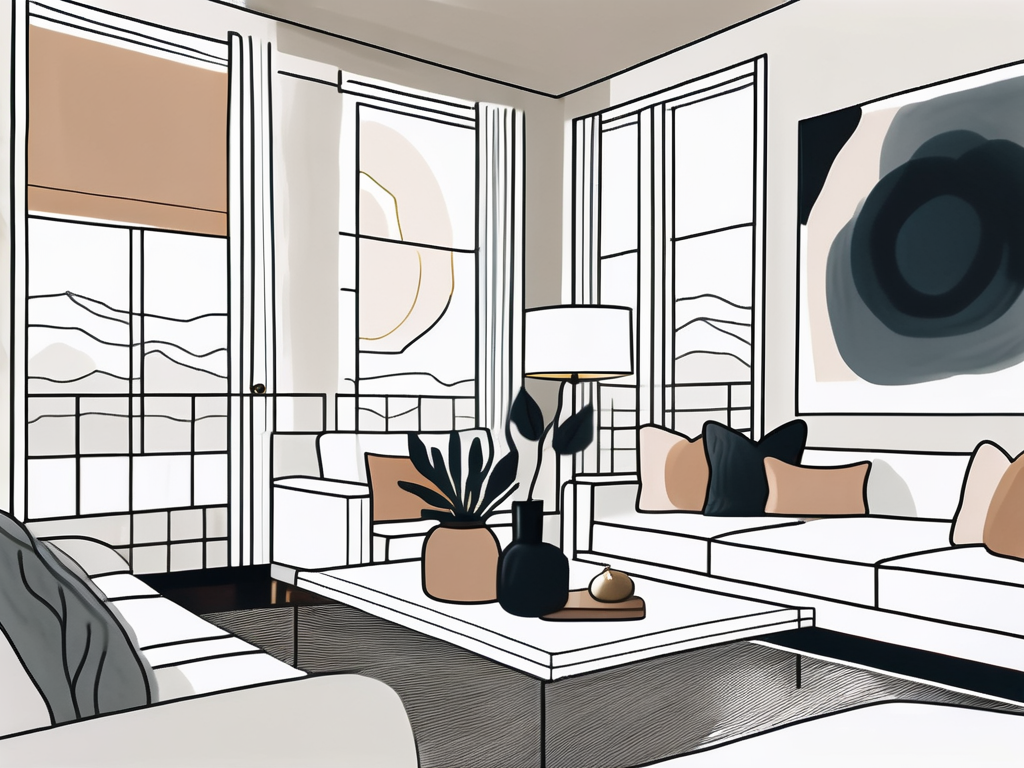
The Role of Photography in Real Estate Marketing
Photography serves as a gateway to a property. It showcases the unique features, layout, and condition of a home, giving potential buyers a virtual tour. Professional photographers have an eye for capturing the essence of a property’s character and charm, ensuring that the images accurately represent what the property has to offer.
Strategically chosen angles, lighting, and composition can highlight the best features and create desirable living spaces. Effective real estate photography allows potential buyers to envision themselves living in the property, making the purchasing decision more tangible and compelling.
Why Tucson’s Real Estate Market Needs Quality Photography
Tucson’s real estate market is highly competitive, with a wide range of properties available for sale. To stand out among the crowd, it is crucial to present properties in the best light. Quality photography can enhance the perceived value of a property and differentiate it from other listings.
Tucson’s diverse landscape, breathtaking sunsets, and unique architectural styles demand exceptional photography skills. Capturing the essence of Tucson’s real estate market requires expertise, experience, and an understanding of the local market trends. High-quality real estate photography can elevate a listing, attracting more potential buyers and increasing the chances of a successful sale.
Imagine a potential buyer scrolling through listings, searching for their dream home in Tucson. As they browse through various properties, their eyes are immediately drawn to the captivating images of a beautifully staged living room flooded with natural light. The warm tones of the hardwood floors and the inviting arrangement of furniture create a sense of coziness and comfort. They can almost picture themselves curling up on the couch with a good book, enjoying the peaceful ambiance of their future home.
But it’s not just the interior that captures their attention. The next image showcases a stunning backyard oasis, complete with a sparkling pool, lush greenery, and a shaded patio perfect for entertaining. The vibrant colors of the flowers and the inviting poolside lounge chairs beckon the buyer to imagine lazy summer afternoons spent soaking up the sun and hosting unforgettable gatherings with friends and family.
These carefully curated images, taken by a skilled real estate photographer, have the power to transport potential buyers into a world of possibilities. Each photograph tells a story, painting a vivid picture of the lifestyle that awaits them in Tucson. The attention to detail, the expert use of lighting, and the ability to capture the unique essence of each property make quality photography an indispensable tool in the competitive Tucson real estate market.
The Art of Real Estate Photography
Real estate photography is more than just pointing and shooting. It is an art form that involves attention to detail, technical knowledge, and creativity. To capture compelling images that resonate with buyers, photographers must master key elements of effective real estate photos.
When it comes to composition, real estate photographers have a keen eye for framing the shot to highlight the property’s best attributes while maintaining balance. It’s not just about capturing the entire space, but also about finding unique angles and perspectives that showcase the property in the most appealing way. By carefully considering the placement of furniture, the photographer can create a sense of flow and guide the viewer’s eye through the image.
Lighting is another critical element in real estate photography. Photographers understand the importance of harnessing natural light and supplementing it with artificial lighting techniques to produce stunning results. By strategically placing lighting equipment and adjusting the settings, they can create a warm and inviting atmosphere that showcases the property’s interior and exterior spaces in the best possible light.
Techniques for Capturing Stunning Property Images
Photographers employ various techniques to capture stunning property images. One such technique is using wide-angle lenses to create a sense of spaciousness and showcase the property’s layout. These lenses allow photographers to capture more of the room in a single frame, giving potential buyers a better understanding of the space and its potential.
But it’s not just about the equipment. Real estate photographers also pay careful attention to details such as staging and decluttering. By arranging furniture and decor in an aesthetically pleasing way, they can create a sense of lifestyle and help potential buyers envision themselves living in the space. Removing unnecessary clutter and personal items allows the property to shine and allows viewers to focus on its unique features.
Utilizing advanced post-processing techniques can further enhance real estate photos. Photographers have a range of tools at their disposal, such as color correction, image sharpening, and HDR (High Dynamic Range) imaging. These techniques can make images more vibrant, visually appealing, and true to life. By carefully adjusting the colors and tones, photographers can create images that evoke a sense of warmth and make potential buyers feel instantly at home.
Challenges in Real Estate Photography
Real estate photography poses unique challenges that photographers in Tucson must overcome. Understanding these challenges and finding solutions is essential for producing exceptional images that captivate potential buyers.
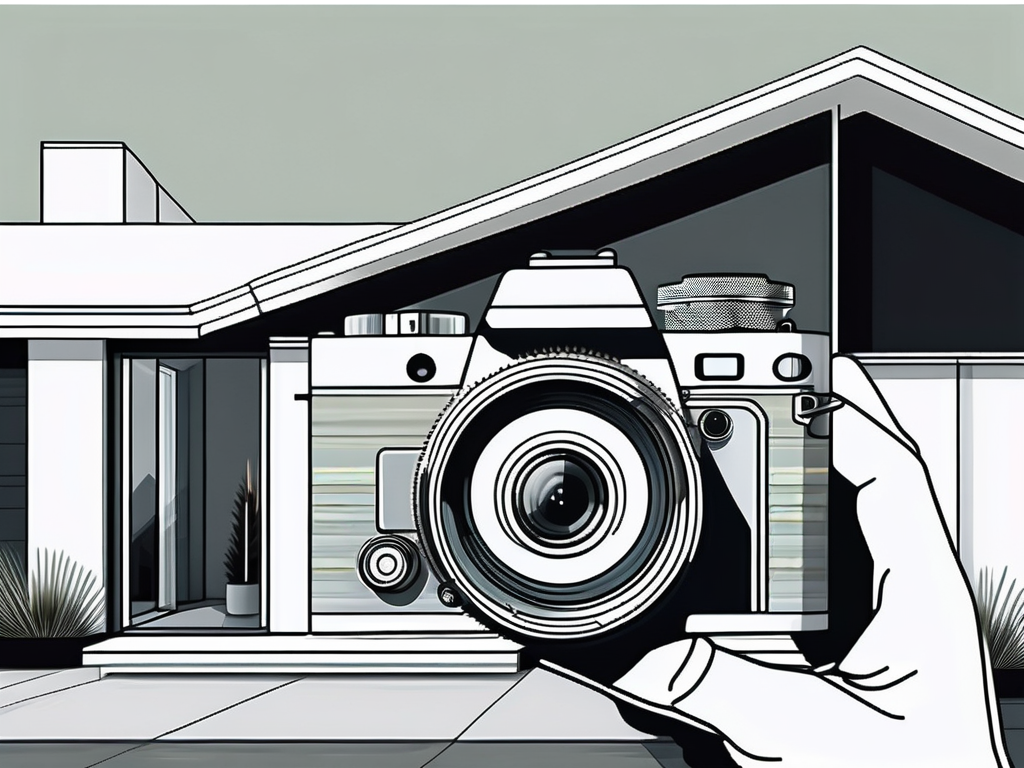
When it comes to real estate photography, attention to detail is key. From capturing the right angles to showcasing the property’s unique features, every aspect plays a crucial role in attracting potential buyers. Photographers in Tucson need to not only have a keen eye for composition but also understand the market trends to tailor their photography style accordingly.
Common Issues in Property Photography
One common issue in property photography is capturing accurate colors and tones. Different types of lighting, such as natural light and interior fixtures, can create color casts. Ensuring color accuracy during post-processing is crucial to present the property accurately.
Another challenge lies in showcasing small rooms or spaces. The limited size can make it challenging to capture the entire area effectively. Techniques such as using wide-angle lenses and shooting from different angles can help overcome this challenge.
Moreover, maintaining consistency in style and quality across a real estate photography portfolio is essential for building a strong reputation in the industry. Clients rely on photographers to deliver consistent results that highlight the best features of each property.
Overcoming Photography Challenges in Tucson’s Real Estate Market
Tucson’s real estate market presents specific challenges due to its unique landscape and architectural styles. Adapting to varying lighting conditions and capturing the essence of the desert surroundings requires experience and expertise. Understanding Tucson’s real estate trends allows photographers to position properties effectively and highlight the features that resonate with buyers.
Furthermore, incorporating drone photography techniques can provide a fresh perspective on properties, especially those with expansive outdoor areas or unique architectural designs. Drone photography offers a bird’s eye view that showcases the property in its entirety, giving potential buyers a comprehensive understanding of the layout and surroundings.
Hiring a Professional Real Estate Photographer in Tucson
While some sellers may attempt DIY real estate photography, hiring a professional photographer in Tucson offers numerous advantages.
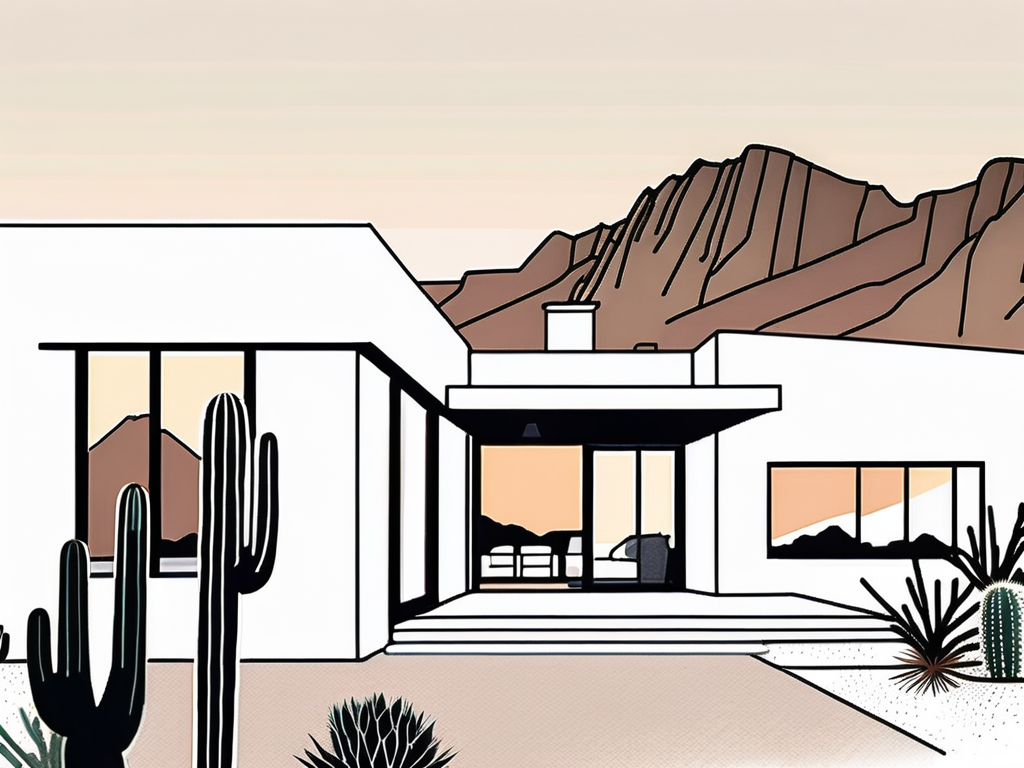
Benefits of Hiring a Professional Photographer
Professional photographers have the necessary equipment, knowledge, and experience to capture exceptional images. They understand the importance of composition, lighting, and post-processing techniques, ensuring that every listing stands out from the competition.
Furthermore, professional photographers have an objective eye and can impartially highlight the best aspects of a property. Their expertise in showcasing a property’s unique selling points can create a lasting impression on potential buyers.
What to Look for in a Tucson Real Estate Photographer
When hiring a real estate photographer in Tucson, it is important to consider their portfolio. Reviewing their previous work can give insight into their style, skill level, and ability to capture the essence of properties effectively. Additionally, ensure that the photographer is familiar with Tucson’s real estate market and understands the specific requirements for showcasing properties in the area.
Tips for DIY Real Estate Photography
For sellers who choose to take on the task themselves, there are several tips to improve their DIY real estate photography skills.
Essential Equipment for DIY Property Photography
A DSLR camera with a wide-angle lens, tripod, and remote shutter release are essential tools for capturing high-quality images. These tools allow for stability, control over framing, and the ability to capture wider shots that showcase the property.
It is also essential to invest time in learning the camera’s manual settings to optimize the image quality and capture accurate colors.
Simple Tips for Capturing Better Property Photos
First and foremost, ensure that the property is clean, well-lit, and decluttered before taking photos. Natural light can greatly enhance the images, so try to schedule the photo shoot during daylight hours.
Experimenting with different angles, perspectives, and framing can help showcase the property effectively. Additionally, consider using props or staging to create inviting and visually appealing scenes within the images.
In the competitive Tucson real estate market, professional real estate photography has become an indispensable tool for sellers and real estate agents alike. With the ability to captivate potential buyers and make a lasting impression, high-quality images can significantly increase the chances of a successful sale. Whether hiring a professional or attempting DIY photography, understanding the importance of real estate photography and implementing effective techniques are essential steps towards showcasing properties at their best.
